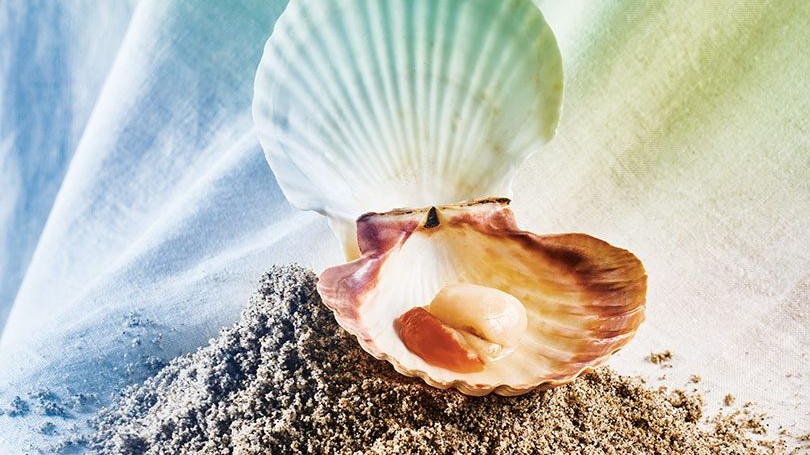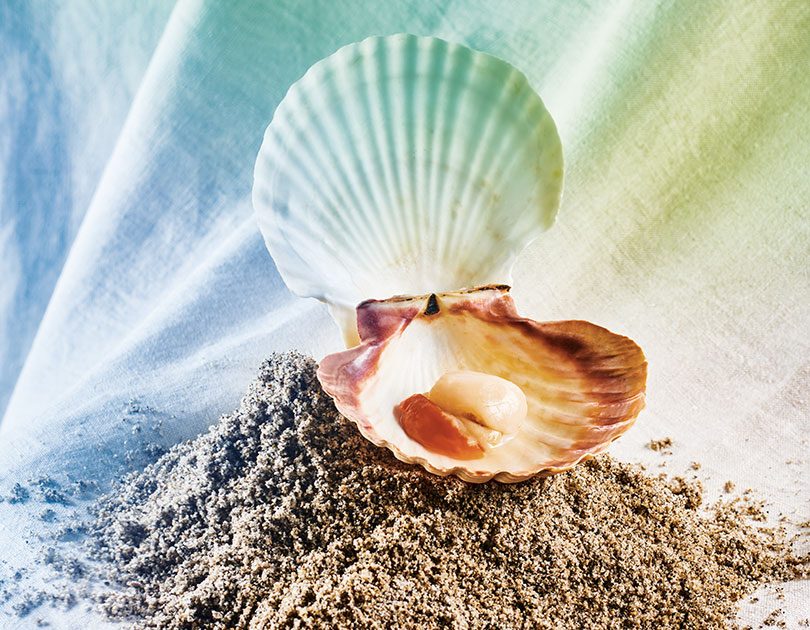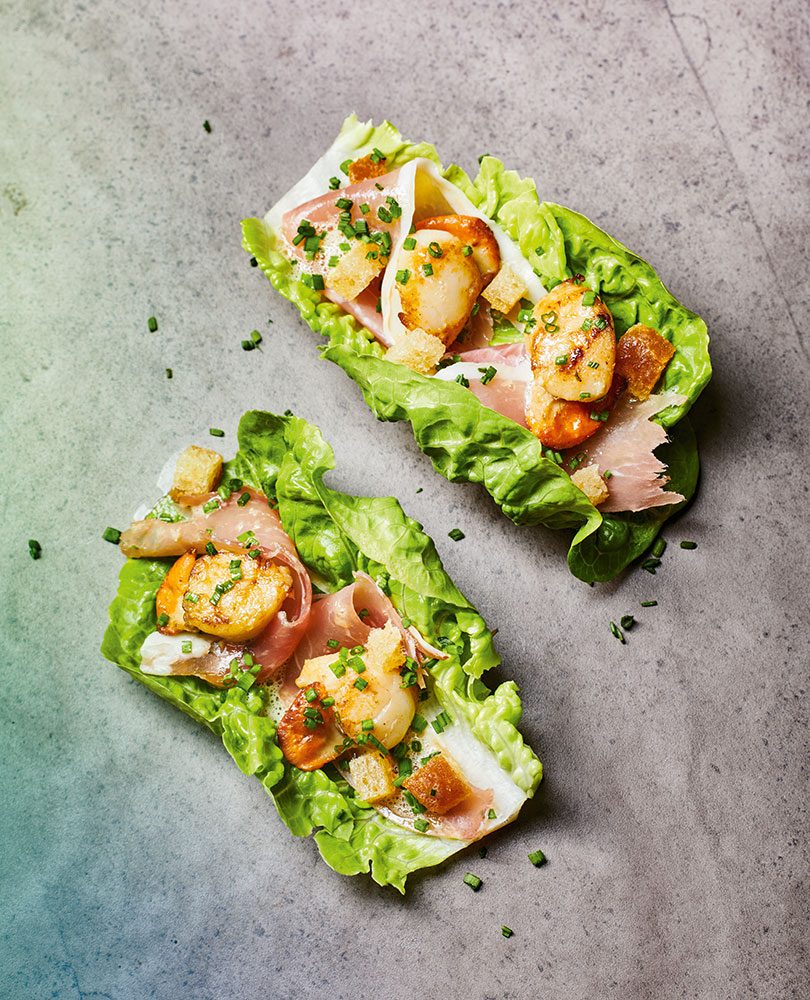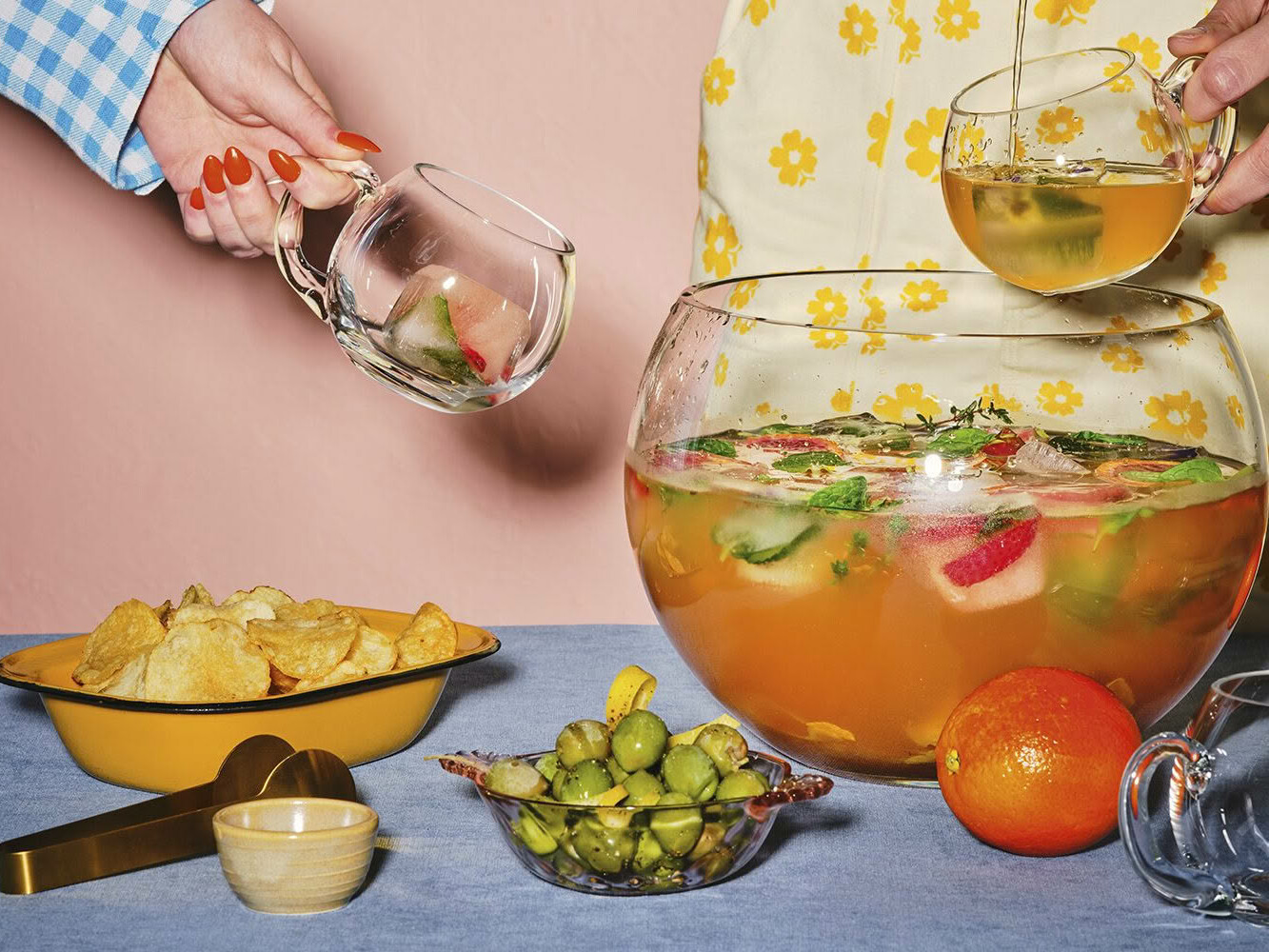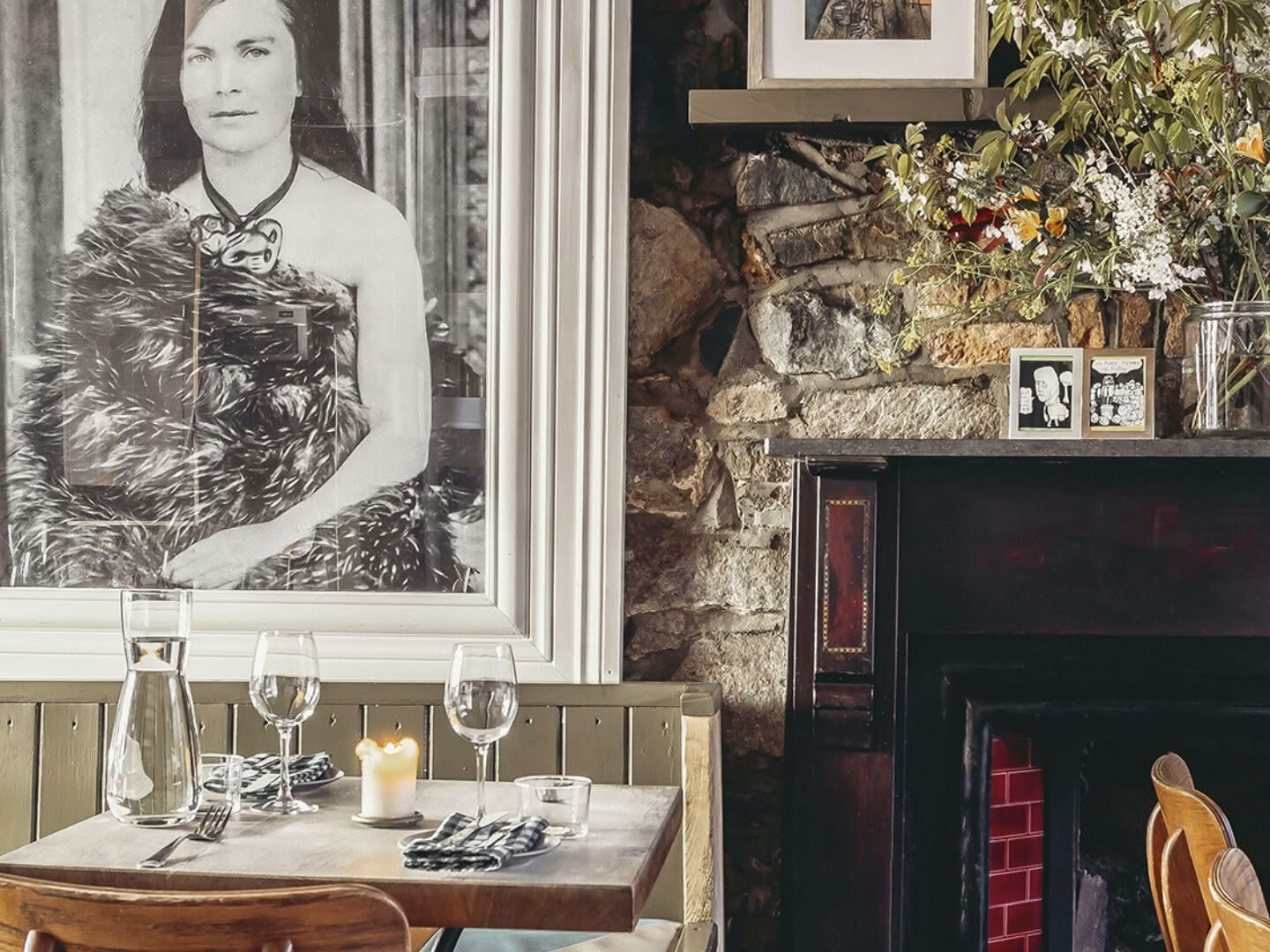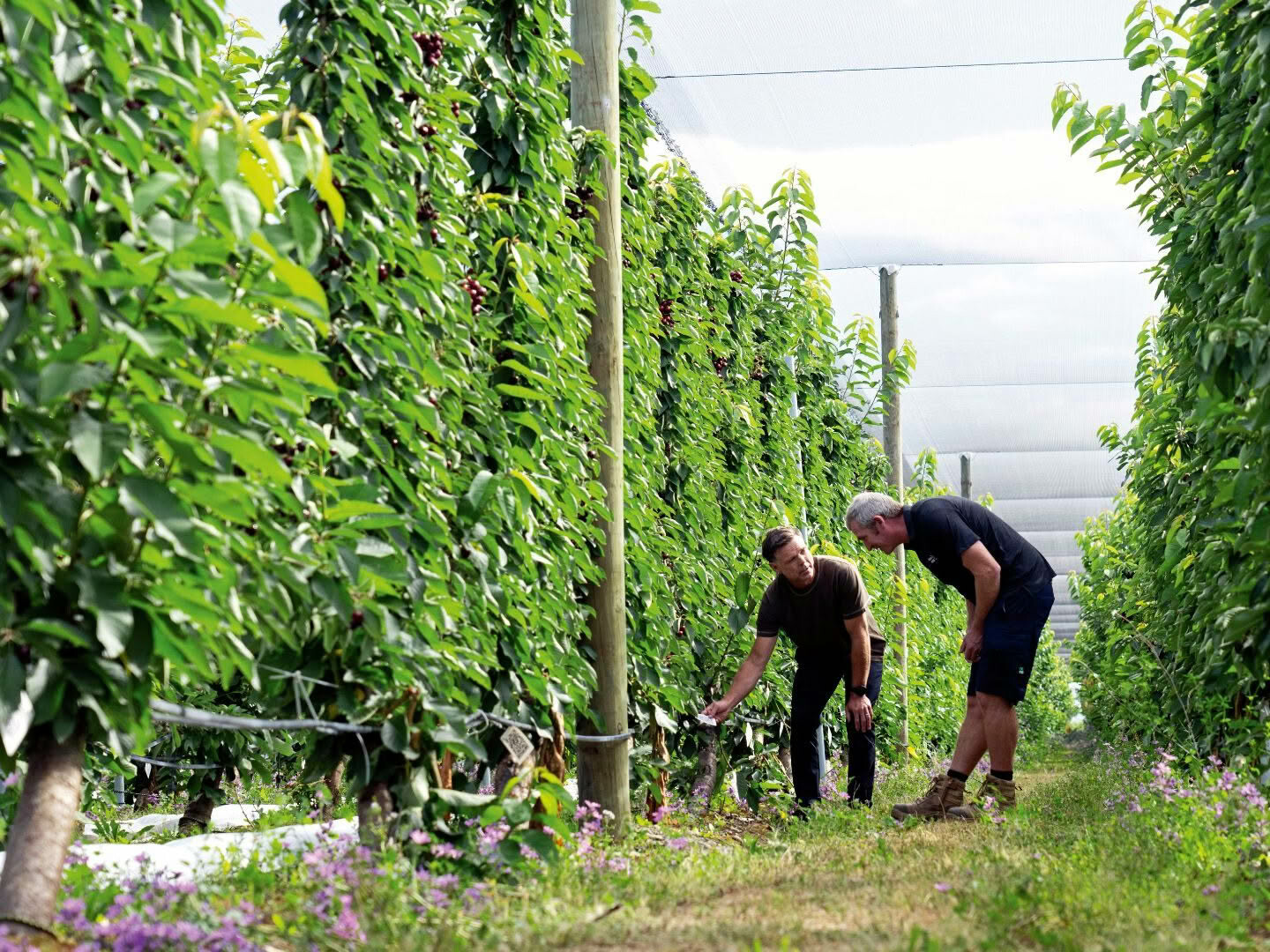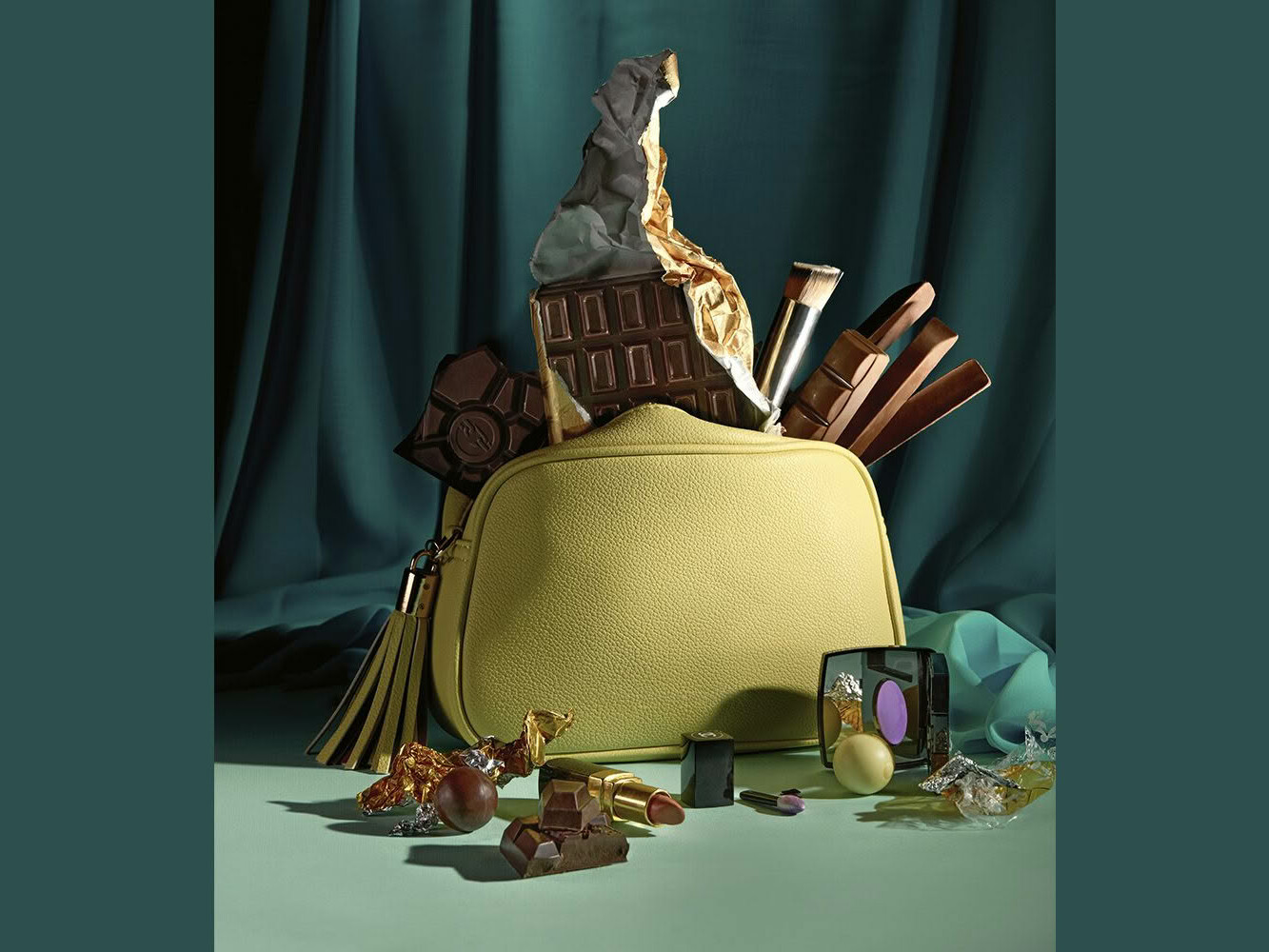In 2018, the once-thriving southern scallop fishery, which sits around the Marlborough and Nelson regions, was closed as surveys confirmed that stocks were depleted. This left just Coromandel, Auckland and Northland as operating scallop fisheries. Yet the tragic decline continued to unfold in 2020, prompting Ngāti Hei to lay a sacred rāhui at Northland’s Opito Bay, effectively stopping the commercial and recreational catch of scallops and other shellfish.
In March of 2022, David Parker, then the Minister for Oceans and Fisheries, declared the imminent closure of the scallop fisheries in Northland and much of the Coromandel, giving a necessary hiatus to allow the population to recover – scallops are swift growers and it could only take five years to recover. However, two areas near Hauturu/Little Barrier Island near the Colville Channel were allowed to cling to their scallop fishing privileges albeit with some restrictions. Ngāti Manuhiri CEO Nicola MacDonald commented at the time that iwi were deeply disappointed that those areas would be left open as tipa (scallops) hovered on the verge of being functionally extinct – a fishery standing at the brink of utter collapse.
That announcement was underscored by a sombre NIWA report, revealing a staggering drop in scallop biomass in this fishery from 776 tonnes in 2012 to an estimated mere 52 tonnes in 2022. The Hauraki Gulf echoed this, witnessing a 93% decline, while Northland’s East Coast scallops suffered a 63% plunge over 13 years.
December 2022 unfolded with new information leading to the emergency closure of the last bastions in Colville and Hauturu – a rare move in the oceanic playbook. By March 2023, Minister for Oceans and Fisheries Stuart Nash made the final decision to close all scallop fisheries to both recreational and commercial fishing. The decision was based on new survey information that showed the fishery was no longer sustainable.
What led to this maritime tragedy in a little over a decade? Some point accusatory fingers at environmental degradation such as sedimentation. Tasman and Golden Bay beds, once vibrant, were affected by the silt and environmental runoff from agriculture and forestry, damaging the scallop population and making it harder for scallop spat to attach and grow in the soft, slimy silt.
Others blame destructive fishing techniques such as dredging which involves remorselessly dragging a heavy, toothed scoop along the seabed, flattening the floor, stirring up the sediment and destroying most things in its path. When you dredge scallops, they will most likely drown because they get pulled into the mud – if the scallop is swimming and in motion, it’s in a much better state.
The question now is where to in this watery dilemma? Iwi and marine advocates are pushing for changes to be made to how scallops are fished. Nicola MacDonald’s resolute call is for the banishment of dredging. Amid the repetitive refrains of sustainability and ethics, the alternatives emerge: the graceful technique of diving and hand-harvesting; or using strategic net-based systems.
In the interim, those of us yearning for scallops this summer must turn our gaze overseas to imported, frozen products. Australia’s Tasmanian scallop is a mirror to our own, with a creamy white muscle and bright, orange roe. The Atlantic and Japanese Hokkaido scallops lack the roe and, despite whispers that they have been pumped with water to increase the weight, it’s largely a case of quality over quantity these days and you should be fine.
TIPS FOR COOKING PERFECT SCALLOPS
When cooking scallops, a few simple tips will help obtain perfect results.
1 / Defrost scallops in the fridge on a layer of absorbent kitchen paper.
2 / Avoid recipes that involve roux-based cheese sauces, as they are too heavy and strong for the delicate flavour of the scallop (looking at you, Mornay).
3 / Pierce the orange coral of the roe and the white muscle with a surgeon’s touch, using the tip of a sharp knife before cooking. This will stop the scallop ‘spitting’ at you while it cooks.
4 / Most importantly, I believe, is to oil the scallops, not the pan. Pour a benediction of melted unsalted butter over the scallops in a bowl. Enough butter will stick to them to prevent them from stewing in their own juices, which would result in a tough, rubbery texture.
5 / Finally, use an excruciatingly hot pan – you want the scallops to sear quickly and caramelise, forming a golden, caramel crust.

